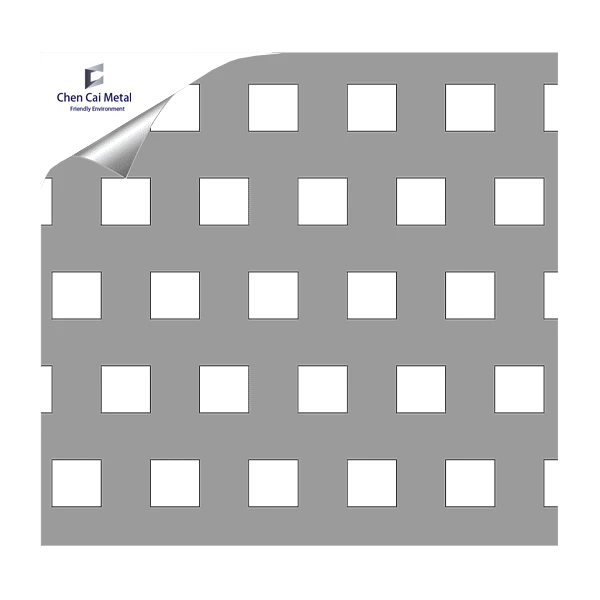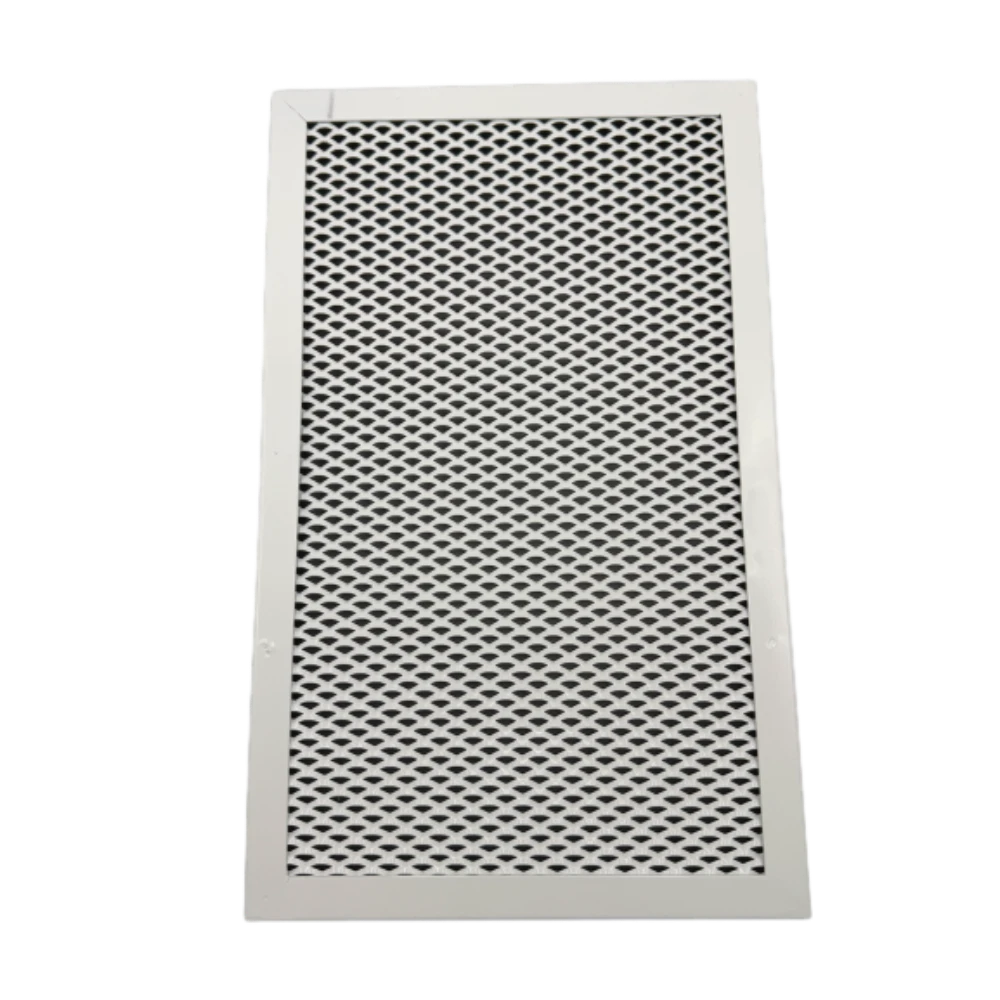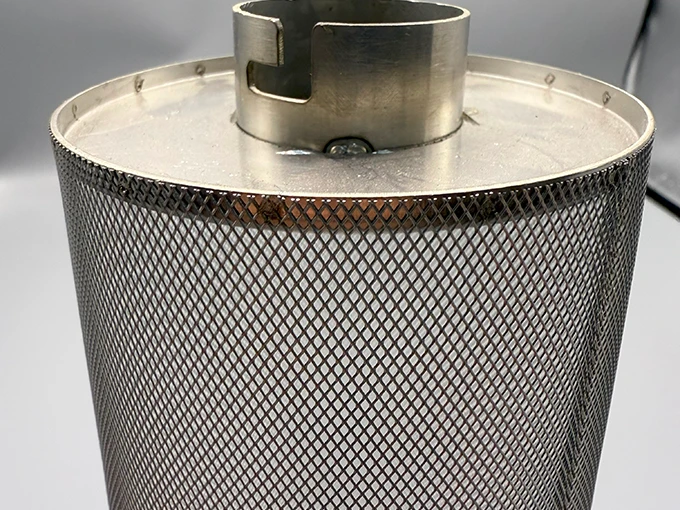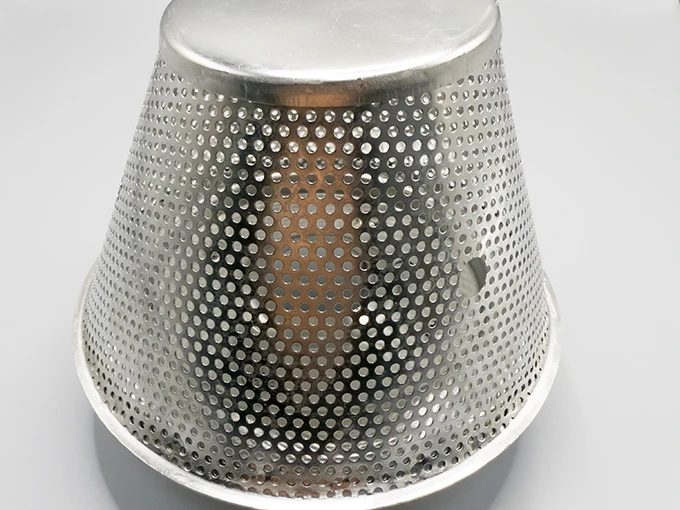- Fundamentals and industrial applications of expanded wire mesh
- Technical specifications and material advantages
- Price-determining factors and cost analysis
- Comparative evaluation of leading manufacturers
- Customization capabilities and engineering solutions
- Industry-specific implementation case studies
- Selection criteria for expanded wire mesh procurement

(expanded wire mesh)
Understanding Expanded Wire Mesh Fundamentals and Industrial Applications
Expanded wire mesh represents a versatile metalworking solution formed by simultaneously slitting and stretching metal sheets. This manufacturing technique transforms solid coils into diamond-shaped patterns, creating durable materials with high strength-to-weight ratios. Production begins with specialized expansion machines applying precise tensile forces to sheet metals, typically ranging from 0.5mm to 8mm thickness. Unlike woven alternatives, expanded wire mesh maintains material integrity without welded joints, delivering superior structural cohesion.
The manufacturing process yields three primary structural profiles: standard (raised), flattened, and engineered configurations. Standard expanded wire mesh features characteristic diamond protrusions enhancing traction, while flattened variants undergo secondary processing for smooth surfaces. Material selection spans galvanized steel (65% market share), aluminum (20%), stainless steel (13%), and specialty alloys like Inconel® (2%). Industrial applications include architectural cladding (32% of global consumption), heavy-duty filtration systems (27%), machinery guards (18%), material handling equipment (15%), and conveyor systems (8%). Thermal expansion properties make expanded wire mesh particularly suitable for environments experiencing temperature fluctuations from -40°F to 1200°F.
Technical Specifications and Engineering Advantages
Expanded wire mesh delivers exceptional mechanical properties unattainable with conventional wire weaving. Testing by ASTM International reveals tensile strength increases of 40-60% compared to original sheet metal, with structural rigidity improved by up to 70%. The diamond aperture configuration creates inherent load distribution, enabling weight reductions of 15-30% while maintaining equivalent structural integrity. Standard measurements include strand widths from 0.04" to 4" (1mm-100mm) and opening dimensions between 0.125" to 8" (3mm-200mm), with thickness tolerances of ±0.004" (0.1mm).
Material durability meets rigorous standards including ISO 9001:2015, ASTM E2016-15 for corrosion resistance, and BS EN 1363-1 fire safety compliance. Galvanized specimens withstand over 1,000 hours in salt spray testing, while 316 stainless steel variants demonstrate 0.005mm/year corrosion rates in industrial environments. The open-area ratio typically ranges from 40% to 75%, optimizing airflow and light transmission. For filtration applications, expanded wire mesh achieves micron ratings from 400μ to 8,000μ with minimal pressure drop (<0.5 PSI). These characteristics deliver substantial lifecycle cost savings, with maintenance reductions of 25-40% over welded alternatives.
Comprehensive Price Analysis and Determining Factors
Expanded wire mesh price structures reflect multiple production variables, with basic galvanized steel configurations starting at $15/m² and specialized alloys reaching $200/m². Raw material costs constitute 45-65% of final pricing, heavily influenced by metal market fluctuations. Processing expenses including expansion tooling, flattening operations, and finishing treatments contribute 20-30%. Project-specific cutting and fabrication typically add 15-25% to base costs. Volume economics significantly impact pricing, with orders exceeding 500m² realizing discounts of 12-18%.
Secondary cost drivers include aperture complexity (standard diamond patterns being 15-25% more economical than custom geometries), protective coatings (hot-dip galvanizing adding $5-8/m²; powder coating $10-15/m²), and dimensional specifications. Thickness variance impacts material consumption exponentially - 3mm material costs approximately 50% more than 2mm. Regional manufacturing variations create notable price disparities: North American producers typically command 8-12% premiums over Asian counterparts, while European suppliers fall within 5% of North American pricing. Import tariffs further affect landed costs, adding 7-22% depending on country of origin and trade agreements.
Comparative Evaluation of Leading Manufacturers
| Supplier |
Production Capacity (Annual) |
Material Grade Options |
Lead Time (Standard) |
Quality Certifications |
Customization Capacity |
| Delta Wire |
35,000 tons |
7 (Al,CU,MS,GI,SS304,SS316,TI) |
3-5 weeks |
ISO 9001, 14001, 45001 |
Full program (pattern, thickness, coating) |
| Niles Expanded Metals |
28,000 tons |
5 (MS,GI,AL,SS304,SS316) |
4-7 weeks |
ISO 9001, ASTM compliant |
Limited geometric variations |
| Industrial Metal Supply |
18,000 tons |
4 (GI,AL,SS304,MS) |
2-4 weeks |
ISO 9001 |
Standard patterns only |
| Cromwell Technologies |
12,000 tons |
9 (incl. Monel®, Hastelloy®) |
6-10 weeks |
AS9100, ISO 9001/13485 |
Full aerospace-grade customization |
Engineering Customization Capabilities
Modern expanded wire mesh suppliers provide comprehensive customization programs accommodating specialized technical requirements. Geometric engineering supports aperture modifications beyond standard diamonds to include hexagonal, circular, and square configurations with dimensional accuracy within ±0.05". Surface treatments span electro-polishing for medical applications (Ra 0.8μm finish), non-reflective coatings for military use, and food-grade passivation compliant with FDA 21 CFR 175.300.
Fabrication services incorporate CNC cutting for ±0.5mm tolerance panelization, robotic welding for structural frameworks, and forming equipment creating compound curves with radii down to 12". Advanced suppliers maintain libraries of over 500 standard die patterns while accepting custom tooling designs for project-specific requirements. Material certifications include full traceability documentation with Mill Test Reports compliant to EN 10204 3.1 standards. Specialized capabilities include explosion-bonded transitions for pressure vessels and micro-expansion technologies producing precision filtration media down to 80 micron openings.
Industry Implementation Case Studies
Automotive Manufacturing: A leading electric vehicle manufacturer integrated Type 316 expanded wire mesh into battery cooling systems, achieving 32% thermal transfer improvement over perforated alternatives. Custom-flattened profiles enabled direct integration with composite enclosures, reducing assembly time by 15 hours per vehicle unit.
Food Processing Facility: Expanded stainless steel mesh with food-safe coatings replaced conventional conveyor belts in baking operations. The 76% open-area design reduced dough-adhesion incidents by 89% while withstanding weekly caustic cleaning cycles. Project ROI was achieved in 8 months through reduced downtime and cleaning chemical savings.
Offshore Platform: Aluminum expanded wire mesh with marine-grade anodizing provided walkway surfaces for North Sea oil rig. The 15% weight reduction versus grating alternatives decreased structural support costs by $280,000 while meeting 250 psf load requirements. Installation time decreased by 40% due to modular panel designs.
Strategic Selection of Expanded Wire Mesh Suppliers
Identifying optimal expanded wire mesh suppliers requires evaluating technical capacity alongside commercial considerations. Production facility audits should verify minimum 35-ton coil handling capability and Class 1 surface-controlled environments for critical applications. Material testing protocols must include documented salt spray exposure exceeding 1,500 hours and cyclic fatigue testing meeting ISO 12106 standards.
Supply chain resilience indicators include verified secondary sourcing arrangements and raw material buffer stocks exceeding 90 days production volume. Financial assessments should prioritize suppliers maintaining at least 25% capacity utilization headroom during peak periods. Technical validation involves requesting ASME Section IX compliant sample production runs and documented dimensional verification reports. Industry participation metrics offer further validation, with premier suppliers typically maintaining membership in associations such as ASTM, ASM International, and national manufacturing federations. Such thorough qualification processes ensure supply partners can deliver technically advanced expanded wire mesh solutions meeting project specifications within 5% budget tolerance.

(expanded wire mesh)
FAQS on expanded wire mesh
Here are 5 sets of concise HTML-formatted FAQs about expanded wire mesh and related :
Q: What is expanded wire mesh?
A: Expanded wire mesh is a versatile metal sheet slit and stretched into diamond-shaped openings. It provides strength with reduced weight, ideal for filtration, fencing, and architectural applications.
Q: What factors influence expanded wire mesh price?
A: Expanded wire mesh pricing depends on material type (steel, aluminum), thickness, strand width, opening size, and surface treatments. Custom specifications and order volume also significantly impact costs.
Q: How does expanded wire mesh differ from expanded metal?
A: Both start as solid sheets stretched into patterns, but expanded wire mesh features connected strands forming uniform openings, while expanded metal has bonded strands at nodal points. Wire mesh offers smoother surfaces and finer filtration capabilities.
Q: What should I look for in an expanded wire mesh supplier?
A: Prioritize suppliers with material certifications, custom fabrication capabilities, and industry-specific experience. Also evaluate their production capacity, quality control processes, and ability to provide samples before bulk orders.
Q: Where is expanded wire mesh commonly used?
A: Key applications include security fencing, machine guarding, ventilation grilles, and conveyor belts. It's also essential in agricultural equipment, architectural facades, and industrial filtration systems due to its durability and airflow properties.


















![$item[title] $item[alt]](https://www.ccmetalmesh.com/images/cc-7691.webp)

